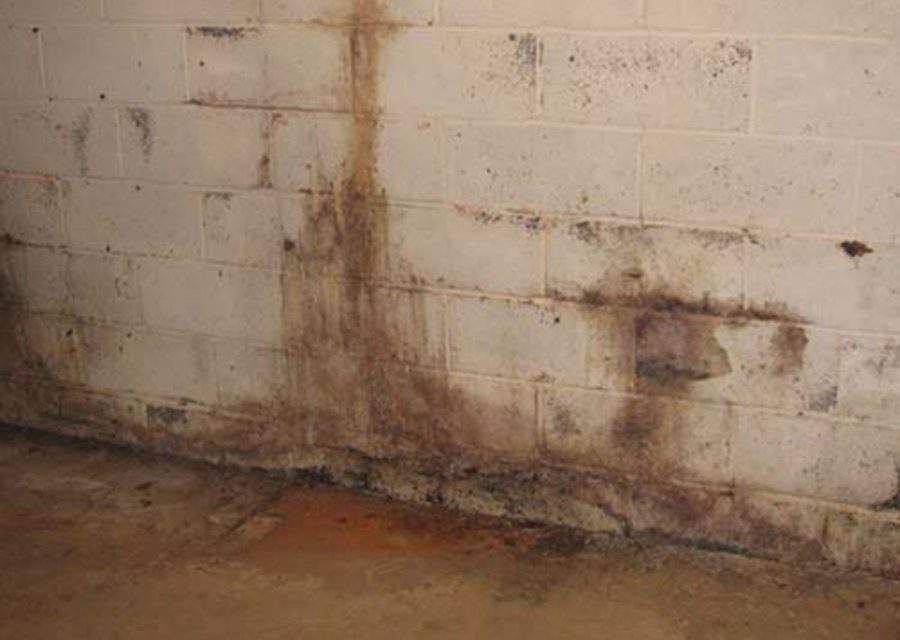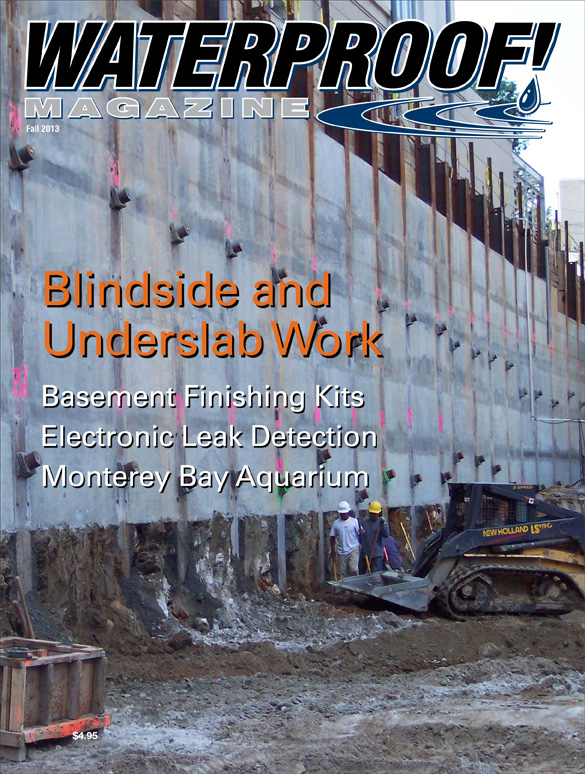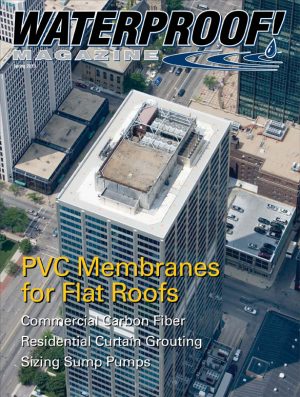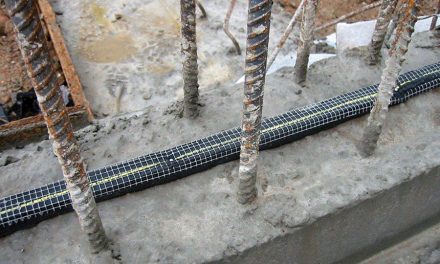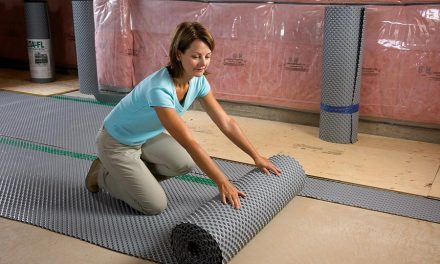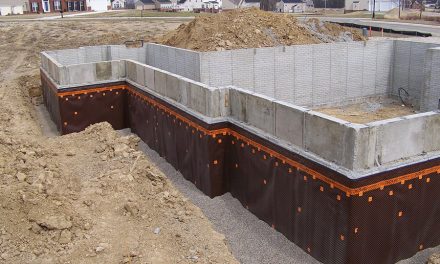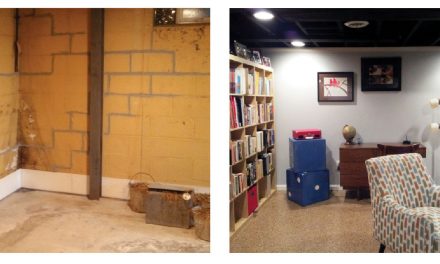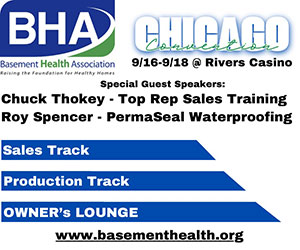By Lou Cole
Before installing any basement finishing system, all structural and moisture issues must be corrected.
Finishing a basement is a hefty investment that is certainly worth protecting. If water somehow finds its way in, drywall, carpeting, electronics and furniture could all be ruined.
While there’s no stopping Mother Nature, steps can be taken to minimize the potential of future water issues ruining a finished basement.
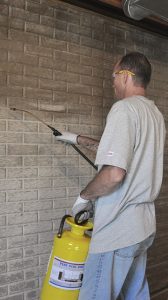
Before finishing a basement, it should first be inspected by a basement waterproofing contractor who can identify and properly address any existing problems or concerns– some of which may not be obvious to the untrained eye. This “basement pre-finishing” phase is the homeowner’s last chance to make sure everything is right, before it’s too late.
All cracks in poured foundations should be filled with an injectable epoxy resin or polyurethane foam. It might be tempting to leave them as is, especially cracks that haven’t previously leaked water. However, such cracks can in fact leak years after forming as surrounding soil settles or freeze-thaw cycles finally shift the foundation. Another reason for filling cracks in the foundation as well as in slabs, is because they can be the point of entry for harmful soil gases, including radon, compromising air quality.
Soil gases and moisture can penetrate through porosity in concrete, even when no cracks are present. Sealing the concrete with a quality concrete sealer can significantly reduce gas and moisture penetration.
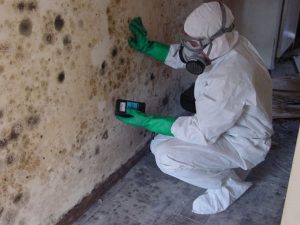 Poor air quality in the basement will likely impact the rest of the home. At least 50% of the air circulating throughout a house originates from the basement. Such soil gases can worsen allergy or asthma symptoms, while added moisture can result in mold and mildew growth.
Poor air quality in the basement will likely impact the rest of the home. At least 50% of the air circulating throughout a house originates from the basement. Such soil gases can worsen allergy or asthma symptoms, while added moisture can result in mold and mildew growth.
Mold and mildew thrive in moist, dark environments, and can grow behind drywall, beneath carpeting, even on furniture or stored items. Mold can be properly cleaned and disinfected by an EPA-approved mold killer. After removal, a preventative treatment should be applied to the walls and floors to prevent future growth. Even when mold has not previously been present, it’s usually wise to apply this treatment
The biggest scare for any finished basement is flooding. Ensuring the basement is protected with a highly functional and efficient pump will make a huge difference. (It may not be wise to rely solely on the sump pump installed by the builder, since some builders install the cheapest pump possible to minimize costs. These pumps usually don’t operate at the same rate and efficiency as higher-end sump pumps and may wear out quicker.) Homeowners can further protect their investment with a battery back-up system to ensure their basement stays dry during a power outage.
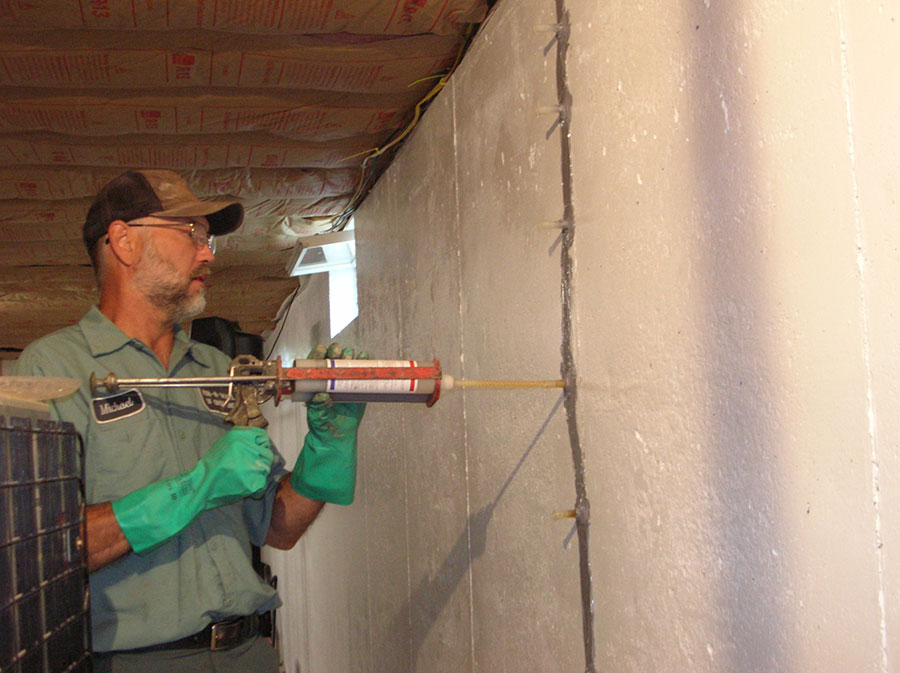
Lou Cole is the owner of Emecole, Inc. a manufacturer and distributor of basement and crawl space repair supplies.

